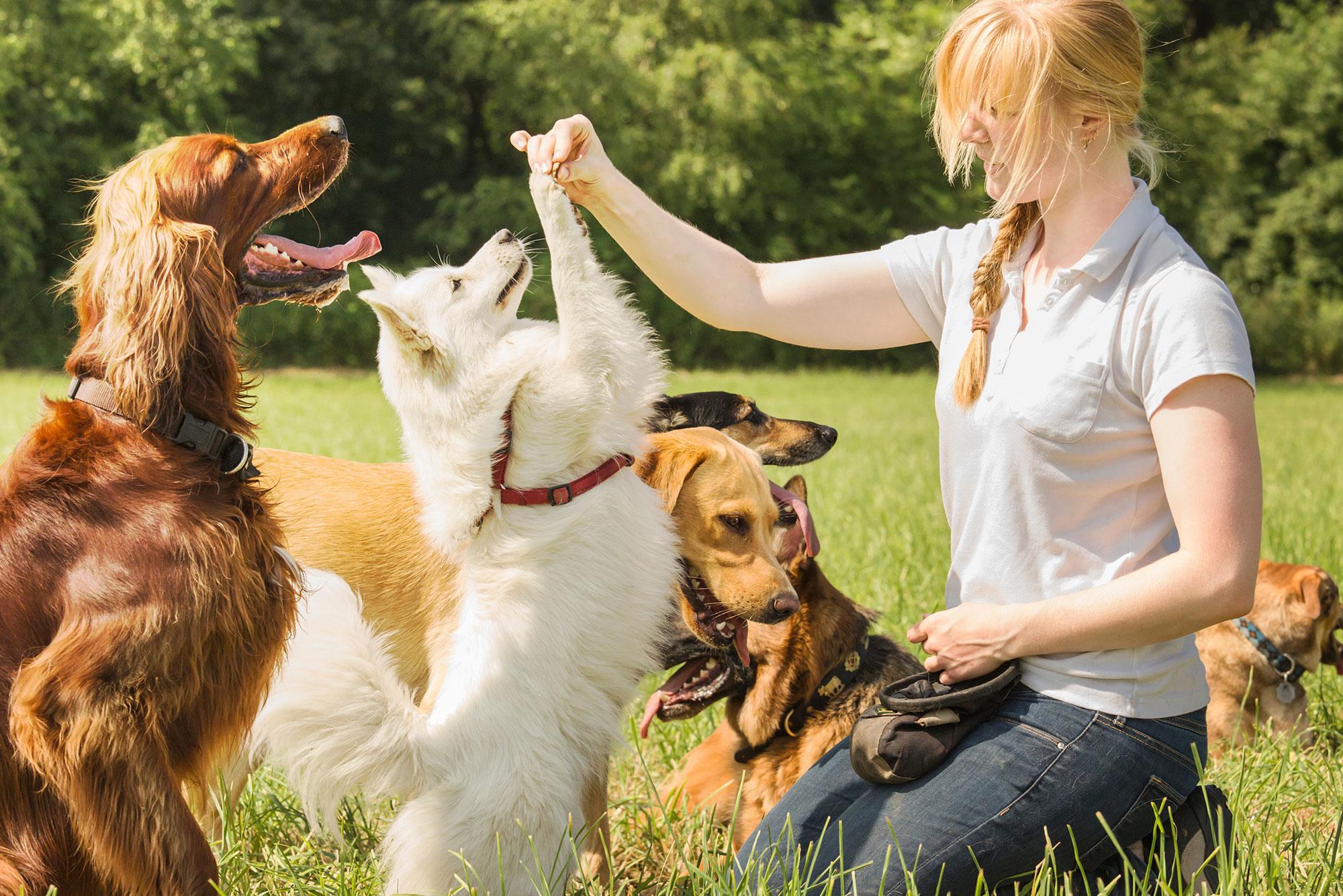Mastering Basic Commands: A Guide to Essential Dog Training Skills
Training your dog is essential for creating a harmonious relationship between you and your furry friend. Basic commands are the foundation of good behavior and can help keep your dog safe in various situations. Whether you have a new puppy or an older dog, mastering basic commands is a crucial part of their training. In this guide, we will explore essential dog training skills to help you effectively communicate with your canine companion.
The Importance of Basic Commands
Basic commands are more than just teaching your dog to sit or stay. They provide a way for you to communicate with your dog effectively and establish yourself as the leader. When your dog understands and follows basic commands, it can lead to:
- Improved behavior and manners
- Enhanced safety for your dog and others
- Increased bonding between you and your dog
- Reduced stress and anxiety for both you and your dog
Common Basic Commands
Before diving into the training process, it's essential to familiarize yourself with some common basic commands that you'll be teaching your dog:
- Sit
- Stay
- Come
- Down
- Heel
Training Techniques
When it comes to training your dog, consistency, patience, and positive reinforcement are key. Here are some effective training techniques to help you master basic commands:
1. Positive Reinforcement
Positive reinforcement involves rewarding your dog for good behavior to encourage them to repeat it. This can include treats, praise, or toys. When your dog follows a command correctly, immediately reward them to reinforce the behavior.
2. Consistency
Consistency is crucial in dog training. Use the same commands and cues every time you ask your dog to perform a task. This will help your dog understand what is expected of them and reduce confusion.
3. Short, Frequent Training Sessions
Dogs have a short attention span, so keep training sessions short and focused. Aim for 5-10 minute sessions several times a day to prevent your dog from becoming bored or overwhelmed.
4. Patience
Training a dog takes time and patience. Avoid getting frustrated if your dog doesn't master a command right away. Stay calm and positive, and remember that consistency is key to success.
Step-by-Step Training Guide
Now that you understand the importance of basic commands and have some training techniques in mind, let's walk through a step-by-step training guide to help you teach your dog essential skills:
1. Start with Sit Command
- Hold a treat close to your dog's nose and slowly move your hand up, causing their head to follow the treat and their bottom to lower.
- As their bottom hits the ground, say "sit" and give them the treat.
- Repeat this process several times until your dog sits on command without the lure of a treat.
2. Move on to Stay Command
- Ask your dog to sit, then show your palm to them and say "stay."
- Take a step back and immediately return to your dog. Reward them for staying put.
- Gradually increase the distance and duration of the stay command as your dog gets better at it.
3. Teach the Come Command
- Get down to your dog's level, call their name, and say "come" in an enthusiastic tone.
- When they come to you, reward them with treats and praise.
- Practice the come command in a safe, enclosed area before testing it out in more distracting environments.
Consistency is Key
Remember, consistency is essential when training your dog. Practice each command regularly and in various environments to ensure that your dog can follow them regardless of the circumstances. With patience, positive reinforcement, and a clear communication style, you can master basic commands and strengthen the bond with your canine companion.
